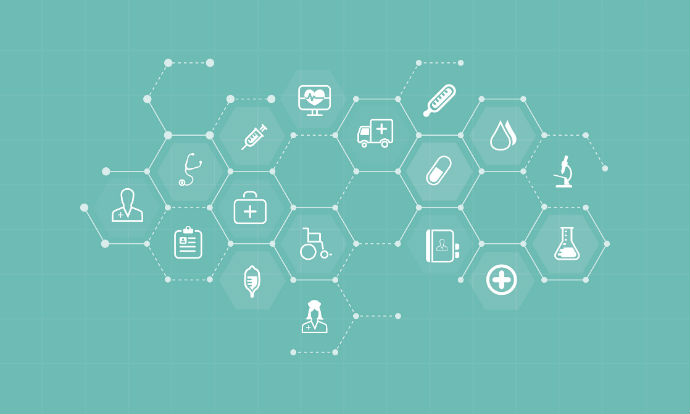PrismTech Connects Edge IoT Devices, Data Sources with Apps
PrismTech releases Vortex Edge Connect, providing organizations a scalable framework to connect edge IoT devices with the data center.

Source: Thinkstock
- PrismTech announced the release of its new framework enabling interoperability among endpoint devices and edge Internet of Things (IoT) devices. Vortex Edge Connect provides organizations with a scalable framework, connecting data sources and applications deployed on local edge networks or in the cloud.
More organizations are deploying IoT devices that collect clinical data on the edge of the network. Traditionally, operational technology (OT) and information technology (IT) functioned separately with their own purposes, according to PrimsTech.
“Integrating OT and IT infrastructure in an end-to-end IoT system is currently an area of major cost and has been a significant roadblock to IoT adoption. Vortex Edge Connect will enable the IoT community to address this challenge in a much more efficient, cost-effective and scalable way,” PrismTech Senior Product Manager Simon Collins said in a statement.
The more devices deployed with a network, the more important it is for the devices to communicate with each other.
“For companies to leverage the benefits from the plethora of new data generated by connected assets, information must be able to flow seamlessly and very often in real-time to wherever in a system the analytics is deployed, either at the edge of a system or in the cloud,” PrimsTech said in a statement.
Organizations are challenged with how to connect the many communication technologies found in operational or field systems with other infrastructure systems containing different, higher-level protocols.
PrimsTech’s Vortex Edge Connect allows operational systems data to be accepted by IoT edge nodes. The data is then converted to an in-memory data model that can be shared with other endpoints through the framework. The data model is populated with real-time data by integrating the data via a set of protocol specific connectors.
Vortex Edge Connect supports a variety of connection models including 1-1, 1-many, and many-many. The framework is available for Linux and Windows platforms.
Edge computing has been gaining traction in the healthcare industry as a way to process the data collected by IoT and connected medical devices.
These devices produce data at the edge of the network. Traditionally, data is produced at the edge of the network and transported back to the datacenter. Edge computing processes the data at the source or the edge of the network.
According to a report published by the IEEE Internet of Things Journal, cloud computing is not an efficient way to process data when the data is produced at the edge of the network.
Report authors defined edge computing as “enabling technologies allowing computation to be performed at the edge of the network, on downstream data on behalf of cloud services and upstream data on behalf of IoT services. The ‘edge’ is as any computing and network resources along the path between data sources and cloud data centers.”
In addition to relieving network strain, edge computing also gives clinicians access to analyzed patient data in near real-time. Real-time data saves organizations money because it prevents patients from having to come back for follow-up appointments and gives clinicians more information to make a more accurate diagnosis.
“The demand of geographically distributed data processing applications, i.e., healthcare, requires data sharing and collaboration among enterprises in multiple domains,” IEEE report authors explained. “To attack this challenge, collaborative edge can fuse geographically distributed data by creating virtual shared data views. The virtual shared data is exposed to end users via a predefined service interface.”
“An application will leverage this public interface to compose complex services for end users,” report authors continued. “These public services are provided by participants of collaborative edge, and the computation only occurs in the participant’s data facility such that the data privacy and integrity can be ensured.”
Using tools to take advantage of edge computing and integrating data lets organizations gain a better understanding of their clinical data. Providing patients with real-time results improves diagnoses and reduces the number of return visits.
